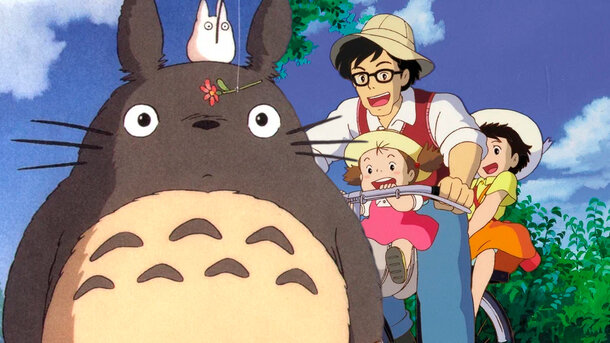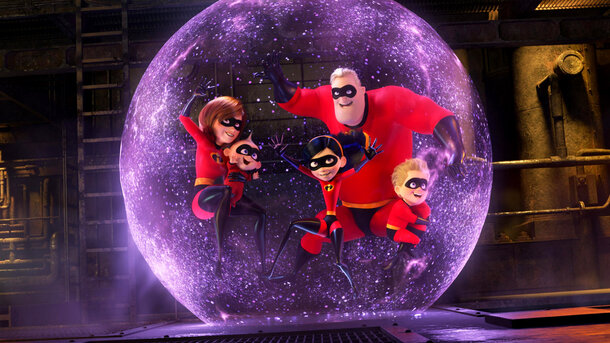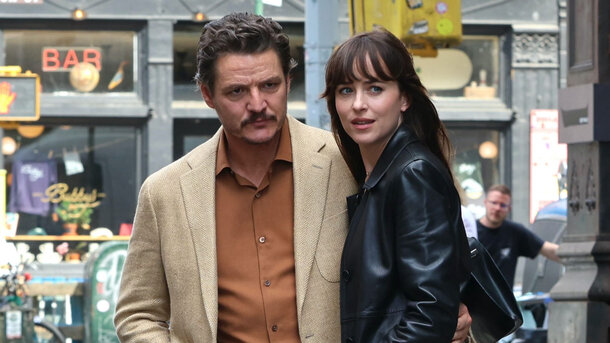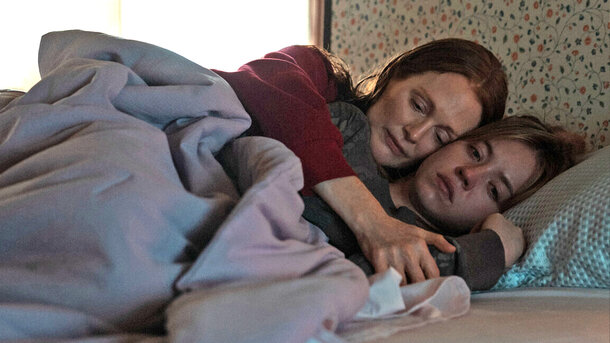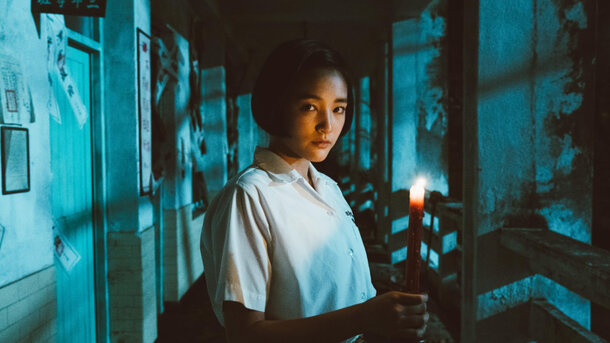Let me share with you a film that, truth be told, feels less like a movie and more like a warm hug from childhood itself. My Neighbor Totoro isn’t just a staple of Japanese animation — it’s a serene masterpiece that gently tugs at the heartstrings, reminding us of the quiet wonders that often pass us by.
I remember my first encounter with Totoro much like the characters themselves do — with awe, curiosity, and a little bit of giddy excitement. And trust me, whether you're in bustling London or sunlit Los Angeles, this whimsical spirit of the forest bridges every cultural gap.
A Plot as Soft as Summer Rain
Set in the Japanese countryside of the 1950s, two sisters — Satsuki and Mei — move to a charmingly dilapidated house with their father to be closer to their hospitalised mother. Amidst towering trees and endless rice fields, they encounter mysterious woodland creatures, most notably Totoro, a giant, furry forest spirit with a grin that could melt glaciers.
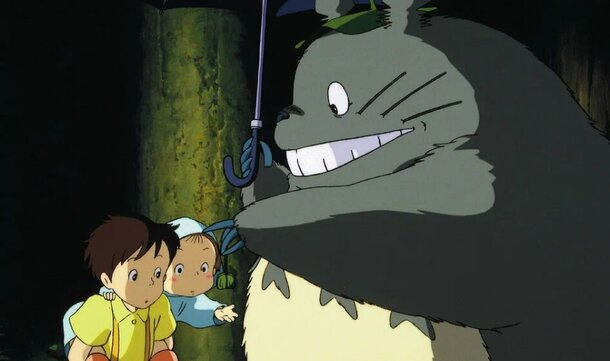
But here's the twist — there’s no villain, no grand showdown, no ticking clock. Instead, the film wraps you in moments of stillness, wonder, and discovery, allowing nature and imagination to heal what the real world cannot.
Miyazaki’s Masterstroke
Hayao Miyazaki, the visionary behind Studio Ghibli, crafts a world so rich in texture yet so delicate in tone that it feels almost sacred. His direction is tender, unhurried, and deeply respectful of childhood's emotional landscape. Rather than forcing thrills, he invites us to slow down and feel — a rare gift in cinema.
Performances That Speak Without Shouting
The Japanese voice cast brings authenticity and gentle warmth. Noriko Hidaka (Satsuki) and Chika Sakamoto (Mei) embody the wonder and vulnerability of youth. Hitoshi Takagi’s portrayal of Totoro? Pure comfort. Even in the English dub, Dakota and Elle Fanning (in the Disney version) carry that same sincerity, making it universally accessible.
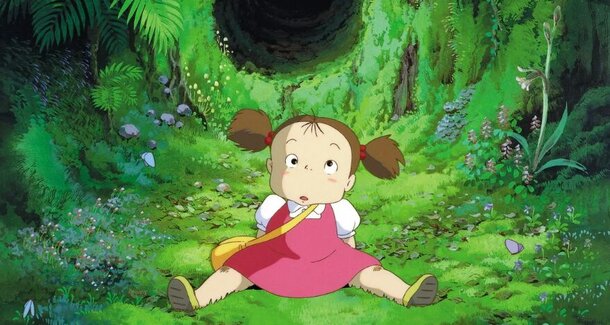
A Visual Feast of Simplicity
Let’s talk visuals. The hand-drawn animation is lush and textured, painting the rural Japanese landscape with such care you can almost feel the breeze rustling through the trees. From the Catbus bounding across the night sky to rain-soaked bus stops under shared umbrellas, each frame hums with life. Joe Hisaishi’s gentle score is the cherry on top — a lullaby for the soul.
Audience Reactions: USA vs. UK
In the UK, My Neighbor Totoro resonates as a whimsical, almost meditative experience. British audiences often cherish its slower pace and pastoral charm, aligning with countryside nostalgia. Over in the USA, Totoro has become a cult favourite, celebrated not only for its artistry but as a symbol of family-friendly animation beyond Disney. While American viewers might initially find its lack of traditional conflict surprising, they soon embrace its heartwarming simplicity. Both sides of the pond agree — this film is a timeless comfort watch.
Final Thoughts: Timeless, Boundless, Essential
Watching My Neighbor Totoro feels like catching your breath after a long day —it centres you. It’s not about plot twists or grand adventures, but about cherishing the everyday magic around us.
Whether you’re six or sixty, it offers something rare: permission to wonder. If y ou haven’t yet met Totoro, make the time — you’ll walk away lighter.
